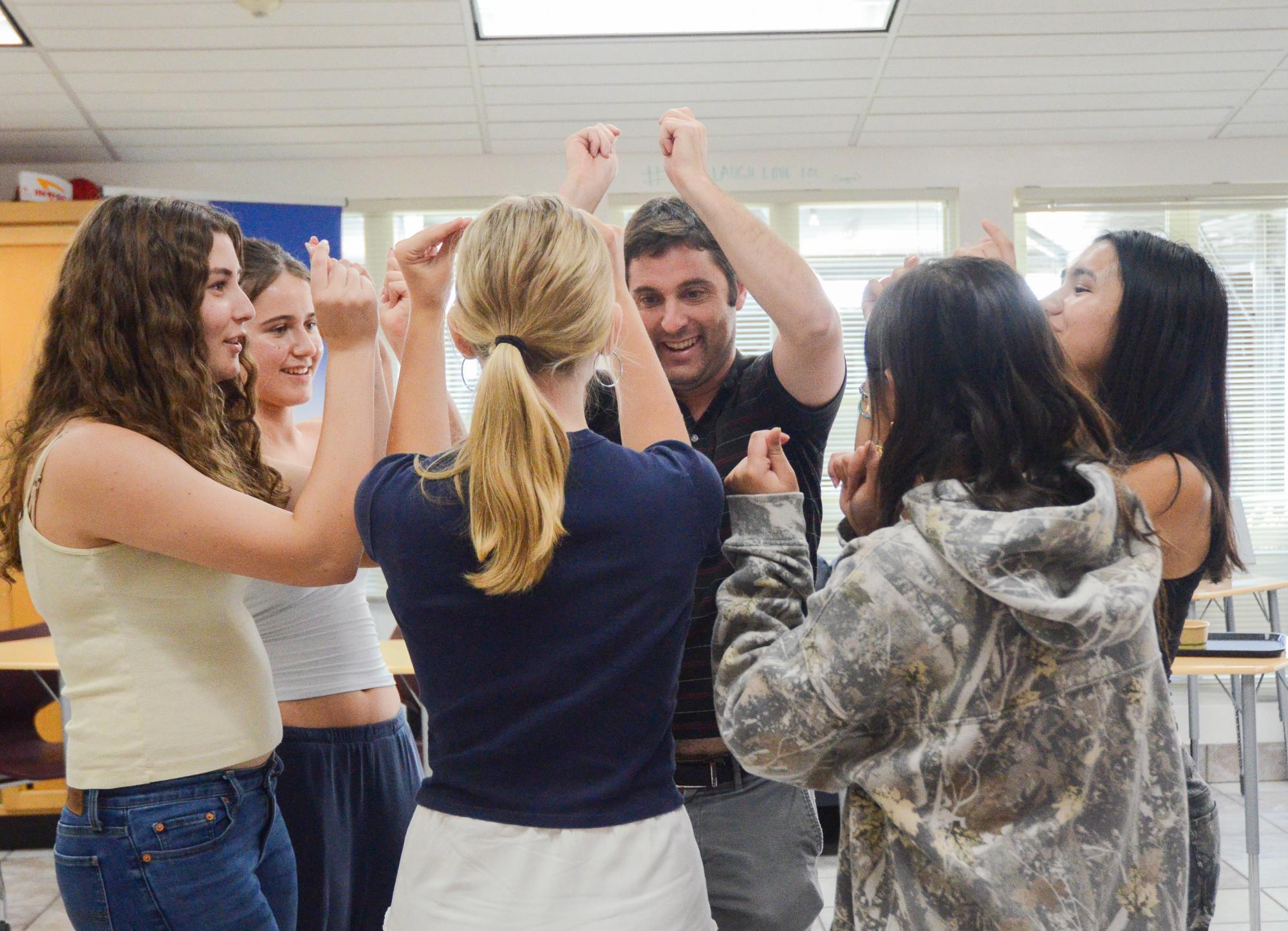Rosh Hashanah and Yom Kippur mark the beginning of the Jewish year in the month of Tishrei, which typically falls in September or October. Jewish communities celebrate Rosh Hashanah and Yom Kippur, known as the “High Holidays” for their deep spiritual significance, from sunset to nightfall, this year from Sept. 22 to Sept. 24 and Oct.1 to Oct. 2, respectively.
The High Holidays provide an opportunity for reflection on the previous year and repentance. Yet, they are also a time of celebration and connection, wishing for a shanah tova u’metukah, Hebrew for “a good and sweet year.” Though Jewish practices and traditions vary across family backgrounds, religious sects and individual observances, families and communities come together to welcome the new year.
Growing up in Hungary, mathematics teacher Mesi Erdos celebrated the High Holidays at her Orthodox Jewish high school and by going to the synagogue with her family. The holidays, specifically Yom Kippur, informed her early understanding of Judaism, and she now hopes to pass these traditions on to her children.
“The High Holidays represent the beginning of every year,” Erdos said. “That’s when we are thinking about our loved ones and giving thanks to God. It was always a family-oriented gathering.”
Rosh Hashanah marks the beginning of the Jewish year and lasts two days. Communities traditionally mark it by blowing the shofar, an instrument made from a ram’s horn, and eating foods which represent sweetness and prosperity for the upcoming year. Yom Kippur traditions include attending services, fasting and abstaining from luxuries such as bathing and wearing leather or perfume. Judaism believes that on this day God seals a person’s fate for the upcoming year.
Sophomore Alison Westgate enjoys spending time with the community at her synagogue for the High Holidays. Her family attends services every year.
“The High Holidays are a time to reflect and refresh yourself for what’s to come,” Alison said. “Yom Kippur is more about reflection. It’s more of a serious holiday, but Rosh Hashanah is about wishing for sweetness. It’s traditional to use a lot of honey in your cooking, so you can make honey bread, apples and honey or round challah.”
Ten days of repentance occur between the start of Rosh Hashanah and the end of Yom Kippur. During this time, Jews apologize to those they have wronged and seek forgiveness heading into the New Year in a practice known as teshuvah.
“When I was younger, my best friend and I would always go to the park on Yom Kippur and do teshuvah,” economics teacher Samuel Lepler said. “It’s a wonderful tradition to clear the air of all sorts of resentments and admit what you’ve done and forgive other people.”
Jewish Affinity Group officer Abby Rose Sachse (11) shared how her experience celebrating the High Holidays at her Jewish elementary school differs from how she celebrates them now. Despite this, she still finds meaning in the High Holidays and wishes more non-Jewish people understood their significance.
“In general, awareness about the high holidays would be nice,” Abby said. “A lot of people know more about Hanukkah, but Hanukkah is not one of our super religious holidays, whereas the High Holidays like Yom Kippur are some of the most serious days in the year. I wish there was a little bit more understanding about which [holidays] are more important.”




